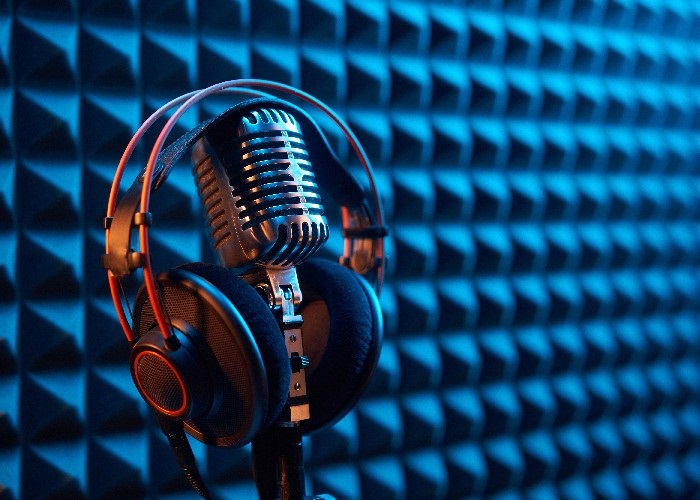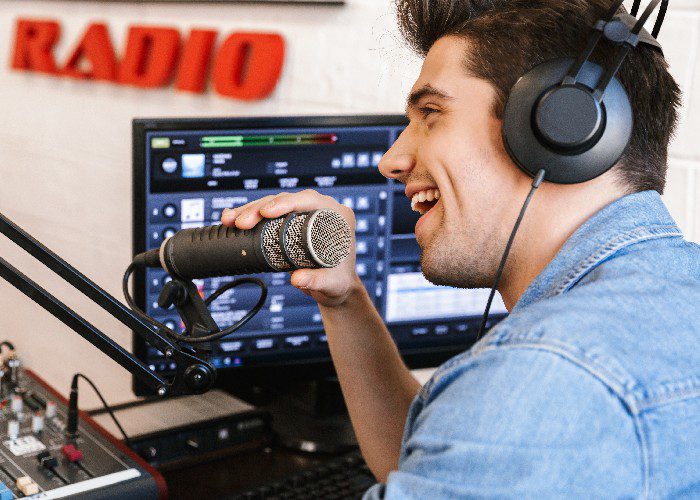It’s hard to deny the success of radio advertising. For decades, it has been a powerful tool for reaching consumers and increasing brand awareness. In recent times, though, there have been some changes in how people listen to the radio that should be considered before jumping into a campaign.
One important change is that more people are streaming music or podcasts on their phones instead of listening to terrestrial stations. These listeners may not hear your ad if they are more likely to use streaming apps like Spotify rather than listening to a station you’ve purchased airtime on so it is important that you understand which demographic you are trying to target with your ad and select a medium that they regularly listen to. Another potentially significant development is the rise of voice-activated devices like Amazon Echo and Google Home: these smart speakers don’t play audio from a specific source by default, so depending on where you place your ad it may not be heard.
As consumers, we are constantly bombarded by advertisements on TV, the internet, and at our local stores. It can be difficult to discern which type of advertising is most effective or what the benefits of each one may be. Radio ads are often overlooked in favor of more modern forms of advertisement like television commercials. But if you’re looking for a cost-effective way to reach customers with your company’s message without having them tune out in annoyance then radio advertising might just be right for you! So let’s take a look at some reasons why it could work well for your business!
What are the benefits of radio advertising?
Reaching more people
Advertising through radio enables you to reach a massive audience of listeners. Last year, Heart FM got 8.96 million weekly listeners, which is nearly double the number of recorded viewers watching X-Factor on a Saturday night.
Radio advertising has to work harder than any other medium to convince an audience to take an action. They sell to an audience that is not able to see touch or taste their products and therefore rely on immersing their audience in an audio experience.
And even when it fails to engage listeners, it still manages to influence the brain through subconscious channels unlike other forms of advertising media that can be skipped, ignored, or forgotten.
Target your ads
Radio ads are a flexible form of advertising as the message can be tailored and localized to suit each target audience. Advertisers can target certain demographics, psychographics, geographic locations, events, and genres in a market. The radio commercials are targeted to specific times of day to guarantee that you reach your target demographic at the optimal moment.
The genre of each radio station caters to a certain market group or specialty. Your specific target market will hear your ad after thorough study and implementation. Whether you’re trying to reach out to teenagers or families, radio can deliver your message straight to them.
Radio has a low barrier of entry
While some forms of advertising come with high costs, radio ads are relatively inexpensive to produce and purchase.
The average cost of a 30-second radio ad is roughly £250 – £1000 per week, depending on how often your ad is broadcast and number of listeners who tune into the station, while a TV advert can cost upwards of £20K for a basic advert. The cost savings in terms of production alone are massive. With these numbers in mind it’s easy to see why more and more businesses are beginning to consider advertising on the radio as opposed to other forms.
Radio advertising helps build brand awareness
Did you know that the majority of adults regularly listen to the radio each week, which means your advert has the potential to reach a large number of people throughout the country. According to Statista radio reached 88.1 percent of the UK population in the first quarter of 2020.
Radio provides an unparalleled opportunity to create a lasting impression on your target audience. It’s important for companies, especially small and medium-sized businesses, to build a strong brand image in the minds of consumers.
According to marketing guru Dr. Jeffrey Lant, it takes at least 7 touch points before your brand or product enter the buyer’s consciousness. Radio is a fantastic way to penetrate a consumers subconcious mind, particularly if your ads appear frequently on the air waves.
Whether they are listening while commuting from work or cooking dinner at home – the average consumer spends three hours per day tuned into the radio. This means that your brand has a high chance of being heard and remembered by consumers who are interested in learning about what you’re selling.
Radio is the anywhere, anytime medium
Radio advertising is a great way to reach your target audience on the go, while they’re relaxing, commuting, running errands or working out. It allows you to reach them when it doesn’t disrupt their daily lives and still manages to influence the subconscious mind through auditory means.
You’ll find that most people tend to set aside time in their day just to relax with some music on the radio at home, work, or even while driving.
With access to the radio online people can now listen to their favorite radio stations wherever they are and whenever it’s convenient for them.
Radio ads reach a global audience
One of the biggest benefits of advertising on radio is that you can reach an international audience as well as your local target market. It’s possible for many businesses to make their commercial available globally which opens up new markets and revenue streams previously unavailable before. This gives small business

Radio advertising provides measurable results
One of the main benefits to advertising with a radio station is that you can measure how well your ad was received and allow for immediate adjustments.
With many forms of traditional media, it’s hard to understand if an advertisement worked until weeks or months after the initial run. With targeted ads on local radio stations, advertisers have access to real-time information on how the ad campaign is being received.
Radio ads work well as a key component of broader marketing campaigns
Since radio is such a versatile advertising medium it works well when paired with other forms of marketing like television, social media and direct mail. It can also be used in conjunction with billboards or print advertisements to strengthen your overall ad campaign.
With many different options for targeting specific demographics on the airwaves, you’ll find that radio works especially well with other forms of media that are also reaching your target market.
In-store radio
Some businesses may also decide to run their own closed-circuit radio network. This is something that is particularly effective for retail stores who can use in-store radio to create a pleasant atmosphere for customers, share important information, promote their products and services, and influence people’s behaviour at the point of sale. This form of radio advertising differs from the traditional method because the entire station is run by the company, allowing them to take complete control of the narrative with the support of an in-store radio production agency.
Conclusion
By now, you should have a better understanding about the benefits to advertising on radio and why so many businesses choose this medium over others every day. Whether it’s for brand awareness or customer acquisition, there is no denying the power behind using radio ads as part of an integrated marketing
